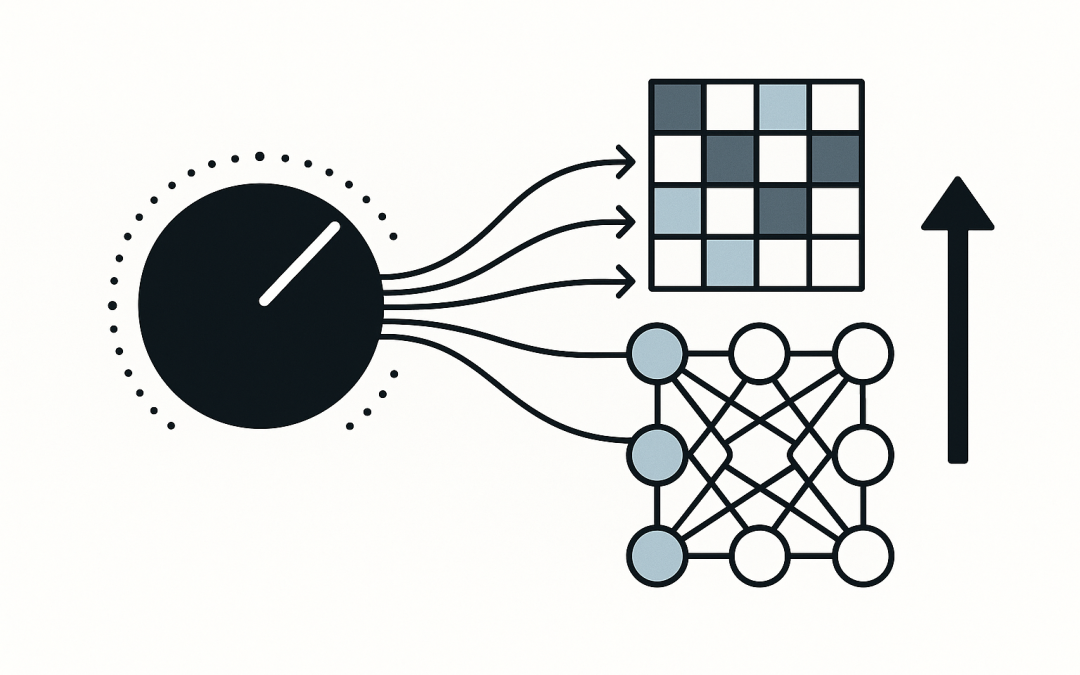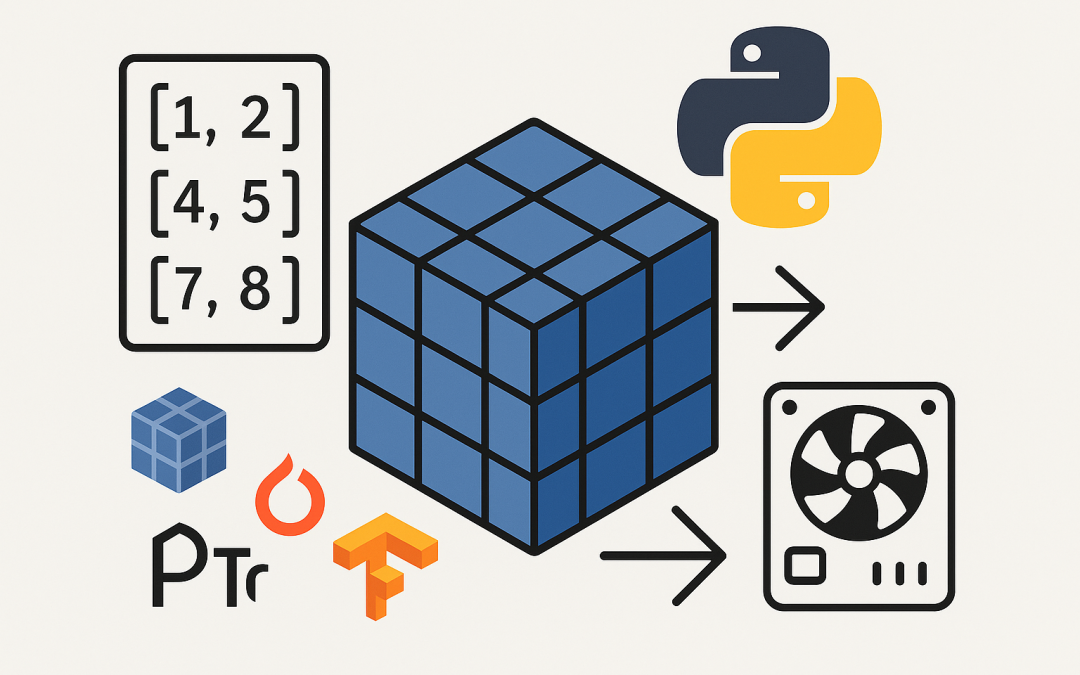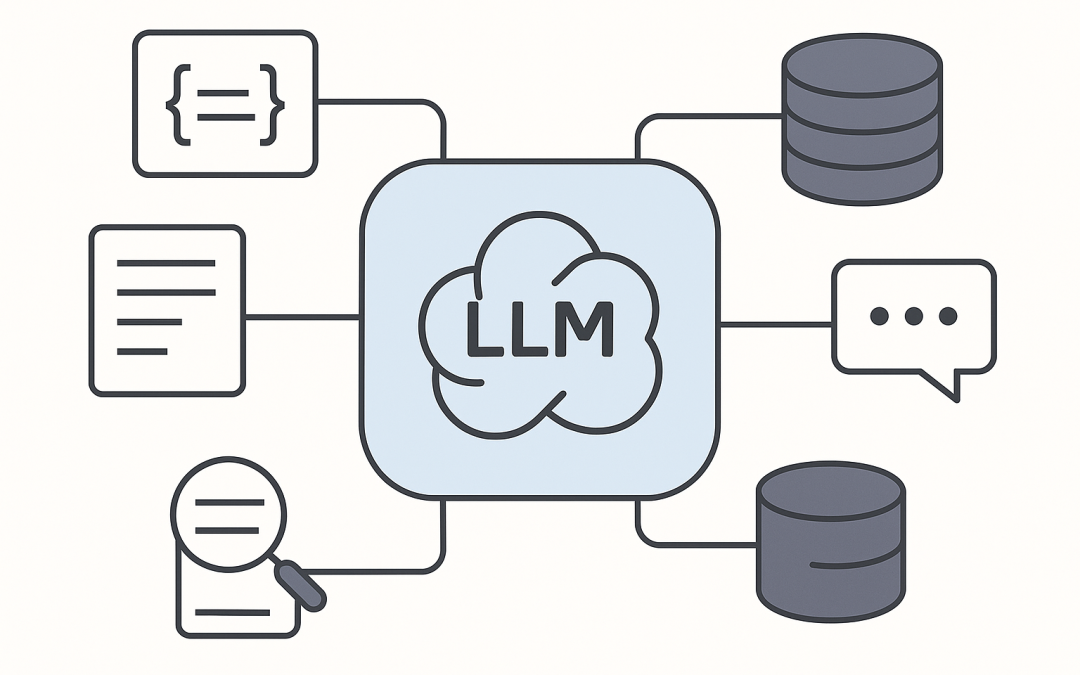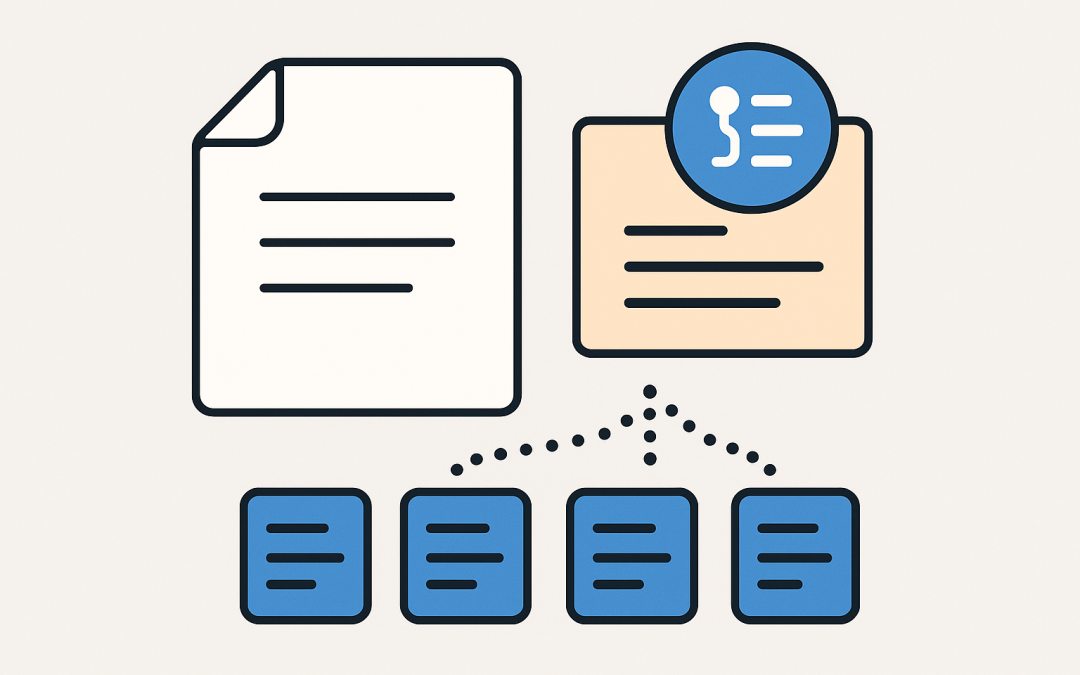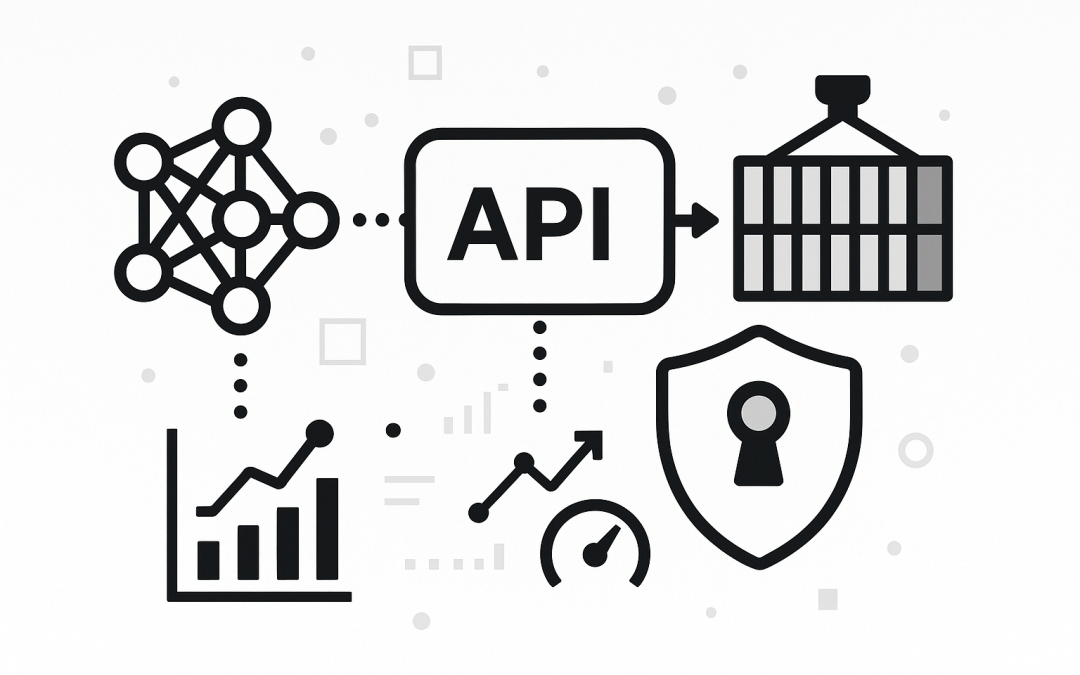
by CPI Staff | Sep 25, 2025 | AI, Blog, LLM
CalSync — Automate Outlook Calendar Colors Auto-color-code events for your team using rules. Faster visibility, less admin. 10-user minimum · 12-month term. See pricing & get started Ask a question CalSync Colors is a service by CPI Consulting In this blog post...

by CPI Staff | Sep 25, 2025 | AI, Blog, Tensor, TensorFlow
CalSync — Automate Outlook Calendar Colors Auto-color-code events for your team using rules. Faster visibility, less admin. 10-user minimum · 12-month term. See pricing & get started Ask a question CalSync Colors is a service by CPI Consulting In this blog post...

by CPI Staff | Sep 25, 2025 | AI, Blog, LangChain
CalSync — Automate Outlook Calendar Colors Auto-color-code events for your team using rules. Faster visibility, less admin. 10-user minimum · 12-month term. See pricing & get started Ask a question CalSync Colors is a service by CPI Consulting In this blog post...

by CPI Staff | Sep 25, 2025 | AI, Blog, LangChain
CalSync — Automate Outlook Calendar Colors Auto-color-code events for your team using rules. Faster visibility, less admin. 10-user minimum · 12-month term. See pricing & get started Ask a question CalSync Colors is a service by CPI Consulting In this blog post...

by CPI Staff | Sep 25, 2025 | AI, Blog, LangChain
CalSync — Automate Outlook Calendar Colors Auto-color-code events for your team using rules. Faster visibility, less admin. 10-user minimum · 12-month term. See pricing & get started Ask a question CalSync Colors is a service by CPI Consulting In this blog post...

by CPI Staff | Sep 25, 2025 | AI, Blog, PyTorch, Tensor, TensorFlow
CalSync — Automate Outlook Calendar Colors Auto-color-code events for your team using rules. Faster visibility, less admin. 10-user minimum · 12-month term. See pricing & get started Ask a question CalSync Colors is a service by CPI Consulting In this blog post...
